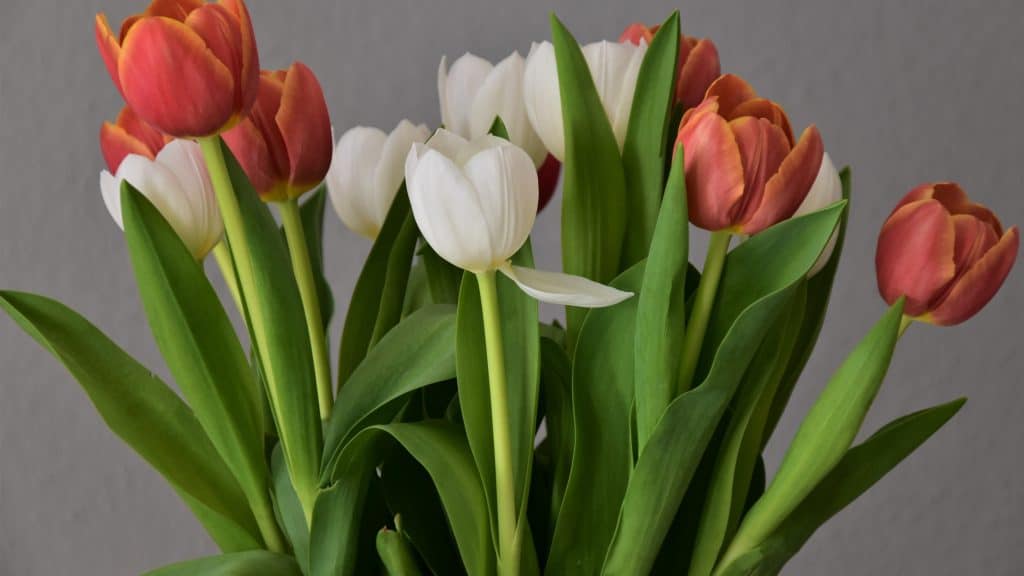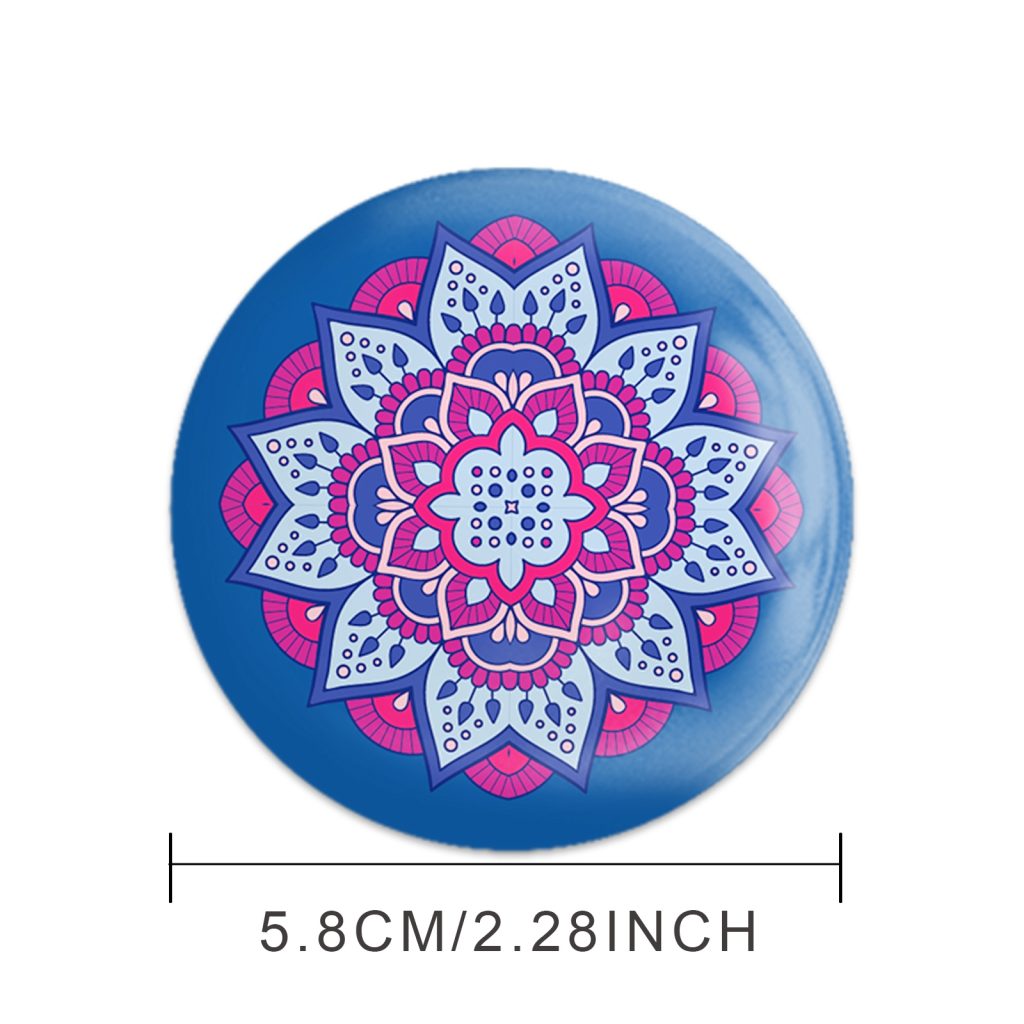Table of Contents
In the fast-paced modern society, people are increasingly pursuing personalized and unique expressions. custom badges, as a unique logo, not only represent the identity of individuals or organizations, but also become a carrier for displaying personality, taste and culture. This article will explore the infinite possibilities of customized badges, from materials, craftsmanship to design, to show the perfect fusion between them.

Material: Diverse choices give badges a unique texture
The material of a customized badge is an important factor in determining its texture and durability. Common badge materials include metal, plastic, wood, etc., each of which has its own unique charm and applicable scenarios.
Metal badges are favored for their durability and elegant texture. Metal materials can be used to produce badges with high gloss and strong three-dimensional sense. Through grinding, polishing and other processes, different gloss effects can be presented, such as mirror and matte. In addition, metal badges can also be gold-plated, silver-plated and other surface treatments to further enhance their grade and value.
Plastic badges are popular for their lightness and bright colors. Plastic materials can be used to produce badges with various shapes and rich colors through injection molding, die-casting and other processes. Compared with metal badges, plastic badges have lower costs and are suitable for large-scale production and application.
Wooden custom badges are highly respected for their natural and environmentally friendly characteristics. Wooden badges can be made of natural wood, and through carving, polishing and other processes, they present unique textures and textures. Wooden badges are not only ornamental, but also environmentally friendly, in line with modern people’s pursuit of green life.

Crafts: Exquisite craftsmanship to create perfect badges
The craftsmanship of custom badges is the key to showing their unique charm and value. Different process treatments can make badges present different effects and textures.
Die casting is one of the common processes for making metal badges. The molten metal is injected into the mold under high pressure, and after cooling, demolding and other steps, a badge with regular shape and smooth lines is produced. The die casting process can produce badges with rich details and strong three-dimensional sense, which are suitable for various high-end occasions.
The injection molding process is suitable for the production of plastic badges. The plastic melt is injected into the mold by an injection molding machine, and after cooling, demolding and other steps, badges with various shapes and bright colors are produced. The injection molding process can achieve large-scale production, low cost, and is suitable for applications of all sizes.
The carving process is often used in the production of wooden badges. The carving knife is used to perform fine carving and polishing on the wood to present unique textures and patterns. The carving process can show the natural beauty of wood and the exquisite craftsmanship of handicrafts, making wooden badges have higher collection value and ornamental value.

Design: Unlimited creativity, showing individual charm
The design of custom badges is an important means to show their unique charm and personality. A good design can not only make the badge have a beautiful appearance, but also convey specific information and emotions.
When designing a custom badge, the first thing to consider is the theme and purpose of the badge. Different themes and uses require different design styles and elements. For example, corporate badges need to reflect the brand image and cultural concepts of the company, and can use simple and bright lines and colors; event badges need to highlight the theme and atmosphere of the event, and can use exaggerated and humorous design elements.
In addition to the theme and purpose, the design of the badge also needs to consider its shape, size, color and other factors. The shape can be round, square, oval and other different shapes according to needs; the size needs to be determined according to the application scenario, which should ensure clear visibility and avoid being too large or too small; the color needs to be selected according to the theme and purpose, which should not only comply with the principle of color matching, but also highlight the theme and atmosphere.
In design, creativity is an indispensable element. A good design needs to be creative and imaginative, able to attract people’s attention and resonate. Designers can show their personal charm through unique ideas and innovative elements, making customized badges a work of art.
Perfect fusion of materials, craftsmanship and design
The materials, craftsmanship and design of customized badges are interrelated and influence each other. Only by perfectly integrating them can a badge with both practicality and artistic value be created.
When choosing materials, factors such as applicability, aesthetics and cost need to be considered. Different materials have different characteristics and advantages, and need to be selected according to actual needs. At the same time, when choosing materials, it is also necessary to consider their compatibility with craftsmanship and design to ensure the quality and effect of the final product.
In terms of process processing, it is necessary to select appropriate process methods according to material and design requirements. Different craft methods can make badges present different effects and textures, which need to be selected according to actual needs. At the same time, attention should be paid to details and quality control in the process to ensure that each step achieves the expected effect.
In design, it is necessary to focus on creativity and individual expression. A good design needs to be creative and imaginative, able to attract people’s attention and resonate. At the same time, its actual application scenarios and audience groups need to be considered in design to ensure that the final product meets actual needs and aesthetic standards.
In short, the infinite possibilities of custom badges lie in the perfect integration of materials, craftsmanship and design. Only by combining the three of them closely can a badge with both practicality and artistic value be created. In the future development, we look forward to seeing more creative and individual custom badges emerge to add more color and fun to people’s lives.
Click here for more information about wristbands: https://www.topwristband.com
Reference Website:https://blog.adafruit.com/2024/01/07/the-process-of-making-badges-custom-made-luxury-badges-made-by-japanese-craftsmen/